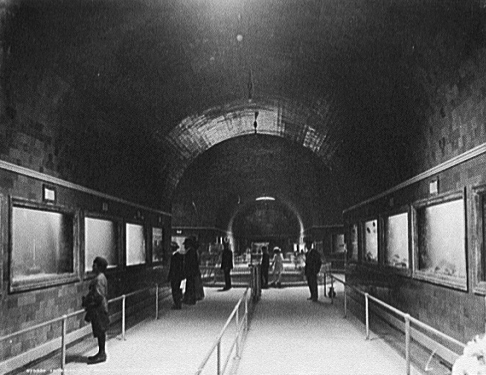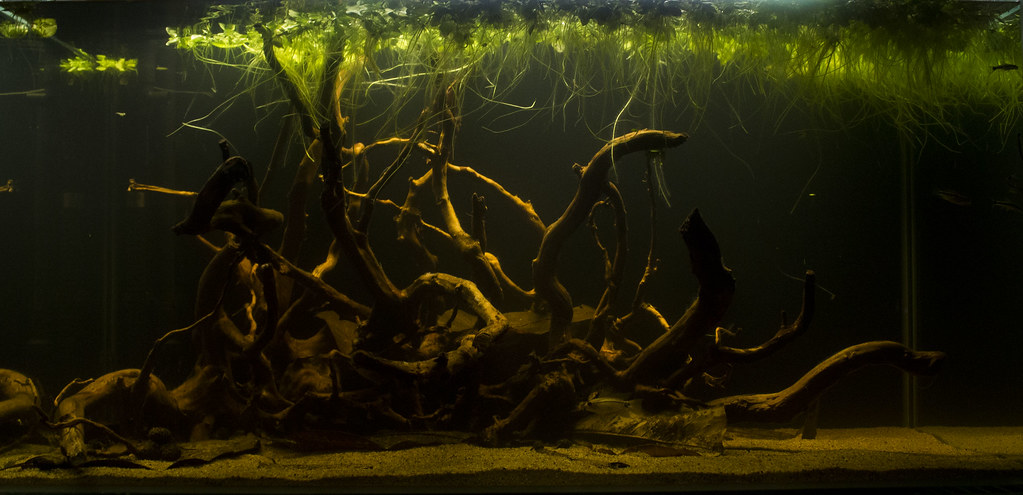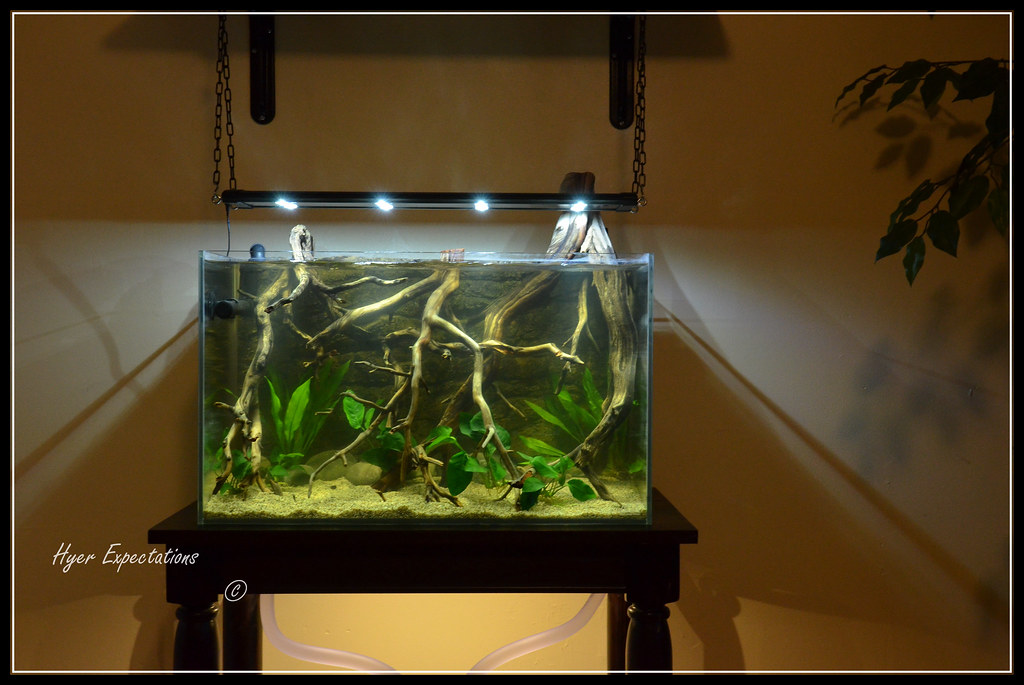 The term “Biotope” was introduced by a German scientist, F. Dahl in 1908 as an addition to the concept of ‘Biocoenosis”(A community of organisms; often used as an alternative to ecosystem but strictly it is the fauna/flora associations per se excluding physical aspects of the environment) earlier formulated by K. Möbius in 1877. Initially it determined the physical-chemical conditions of existence of a biocoenosis (“the biotope of a biocoenosis”).
The term “Biotope” was introduced by a German scientist, F. Dahl in 1908 as an addition to the concept of ‘Biocoenosis”(A community of organisms; often used as an alternative to ecosystem but strictly it is the fauna/flora associations per se excluding physical aspects of the environment) earlier formulated by K. Möbius in 1877. Initially it determined the physical-chemical conditions of existence of a biocoenosis (“the biotope of a biocoenosis”).Further, both biotope and biocoenosis were considered as abiotic and biotic parts of an ecosystem, accordingly. This notion (“ecosystem = biotope + biocoenosis”) became accepted in German, French, Russian and other “continental” ecological literature. The new interpretation of the term (“biotope = habitat + community”) appeared in the United Kingdom in the early 1990s while elaborating the classification of the natural conservation objects of the coastal zone. The term was “re-discovered” in the earlier 1990s, when classification and mapping works of the littoral and upper sub-littoral coastal zone of the Great Britain and Ireland began.
By definition, a Biotope is understood to be the place in which a plant or animal lives. It is defined for the aquatic environment according to geographical location, physiographic features and the physical and chemical environment (including salinity, wave exposure, strength of tidal streams, geology, biological zone, substratum, 'features' (e.g. crevices, overhangs, rockpools) and 'modifiers' (e.g. sand-scour, wave-surge, substratum mobility).
 In the working definition of a Biotope, a Community is identified as a group of organisms occurring in a particular environment, presumably interacting with each other and with the environment, and identifiable by means of ecological survey from other
In the working definition of a Biotope, a Community is identified as a group of organisms occurring in a particular environment, presumably interacting with each other and with the environment, and identifiable by means of ecological survey from other a biotope. Biotopes help solve the problem of scale in relying on the definition of boundaries which correspond to physical discontinuities along ecological gradients. They summarise not only the type of underlying habitat, and thus the niche created, but also the dominant and structuring biological elements; hence their description does not need to contain all species in a community.
Now after all this, GET WELL SOON. !








